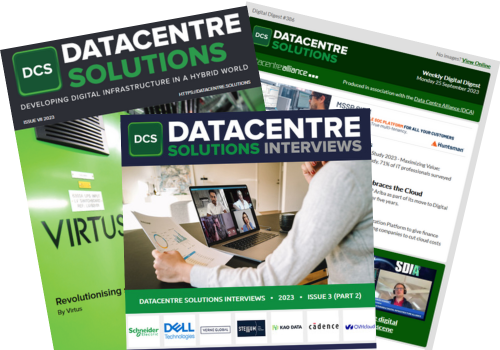Data is crucial for any business. What it doesn’t need however, is more of it. It needs better data that is managed effectively and aligns with business strategy.
Today, at a time where almost everything is measurable, businesses have access to huge amounts of data. Often, they can be handling more data than they know what to do with. And with it accumulating faster than IT teams can keep up with, it’s important that businesses consider ways of addressing the costly resources it takes to maintain the vast volumes of storage.
Today’s average enterprise environment is said to include more than eight data lakes. Beyond the cost implications, these huge amounts of data require an investment of IT managers’ time and resources which are used to profile, catalog, store data, ensuring that it adheres to the various regulatory requirements governing its use. Often, this process is slow and manually completed, making it susceptible to human error.
In addition to these challenges, data silos can impact the ease at which information is shared across departments. Some businesses may also lack a culture of collaboration and knowledge sharing, meaning the data they store isn’t harnessed to its full potential. In some cases, when data-sharing initiatives are enforced, organisational silos can result in teams ending up with duplicated data. Errors like these can impact data quality, rendering any analytics or insights meaningless. All this results in wasted and unutilised data which, in tandem, is costing businesses a significant amount of money to store.
Harnessing the benefits of DataOps
One way of helping organisations overcome these challenges and get back on track is DataOps, or ‘data operations.’ By enabling a more agile process for managing data, we’ve seen an increasing number of organisations adopt, or at least seriously consider, the methodology that is DataOps.
DataOps takes inspiration from Lean Manufacturing, Agile and DevOps, and helps organisations overcome silos and other bureaucratic challenges to deliver insights with speed and agility. This is all without compromising on quality or data governance, particularly in the face of a range of industry regulations.
There’s no question that DataOps requires an investment, of both time and cost, but business advantages could soon pay off in the form of greater innovation, faster data analytics, and revenue growth. For example, by automating data quality, compliance, and governance tasks, data teams could easily ascertain whether their data is ready to be consumed, and if valuable insights are possible. Additionally, embedding DataOps into an organisation’s digital transformation journey could play an important role in creating a culture of information and knowledge sharing, where people, processes, and technologies are focused on managing data geared towards business and societal outcomes, all while keeping costs under control.
Over time, this culture shift towards greater knowledge sharing throughout an organisation could help break down silos and ensure that businesses are advancing towards shared goals, such as bringing new products to the market.
Is metadata the future?
Metadata – which is known as ‘data that provides information about other data’ – should be at the core of any successful DataOps strategy. When creating metadata automatically using artificial intelligence (AI) and machine learning (ML) algorithms, organisations could begin to automate arduous and time consuming processes to help reduce manual effort. This would enable staff to spend time on more rewarding tasks. To make this happen, businesses will need data integration technologies to help
onboard the data. In addition, they can establish an effective mechanism to catalog the data and the rules that need to be applied to it, in order to source the valuable insights needed.
When businesses approach such a task, it’s important that they don’t take a piecemeal approach, where data is passed on from one tool to another, as this could thwart operations. Fortunately, AI and ML technologies could help organisations better understand their data, semantically enrich it, and help identify any issues with its quality. These technologies also enable governance rules to be added to the data.
Achieving a successful transformation
Before businesses embark on their data transformation, it’s imperative that they first define their desired outcomes and are clear about their long-term goals. Even if the goal is as simple as figuring out where data is coming from, selecting the best methodology to store and manage it, and then figuring out how to harness it in a way that will deliver the most value to an end customer, then this should be clearly defined and communicated across IT teams. A significant part of this transformation will be cultural, so it’s important that businesses have the support and understanding of their teams.
Any successful adoption of DataOps will therefore hinge on overcoming challenges such as organisational silos and involve active encouragement of more collaboration between the technical data and IT teams and their non-technical colleagues, who often define and quantify the success of each data project. This cross-team collaboration will ensure output always aligns with business and financial objectives. As simple as it may sound, these challenges are not trivial. As you review your company's data objectives, I encourage you to consider ways of treating data as a tangible asset that can help realise your company’s biggest objectives. To this end, DataOps will put you on the right path.









